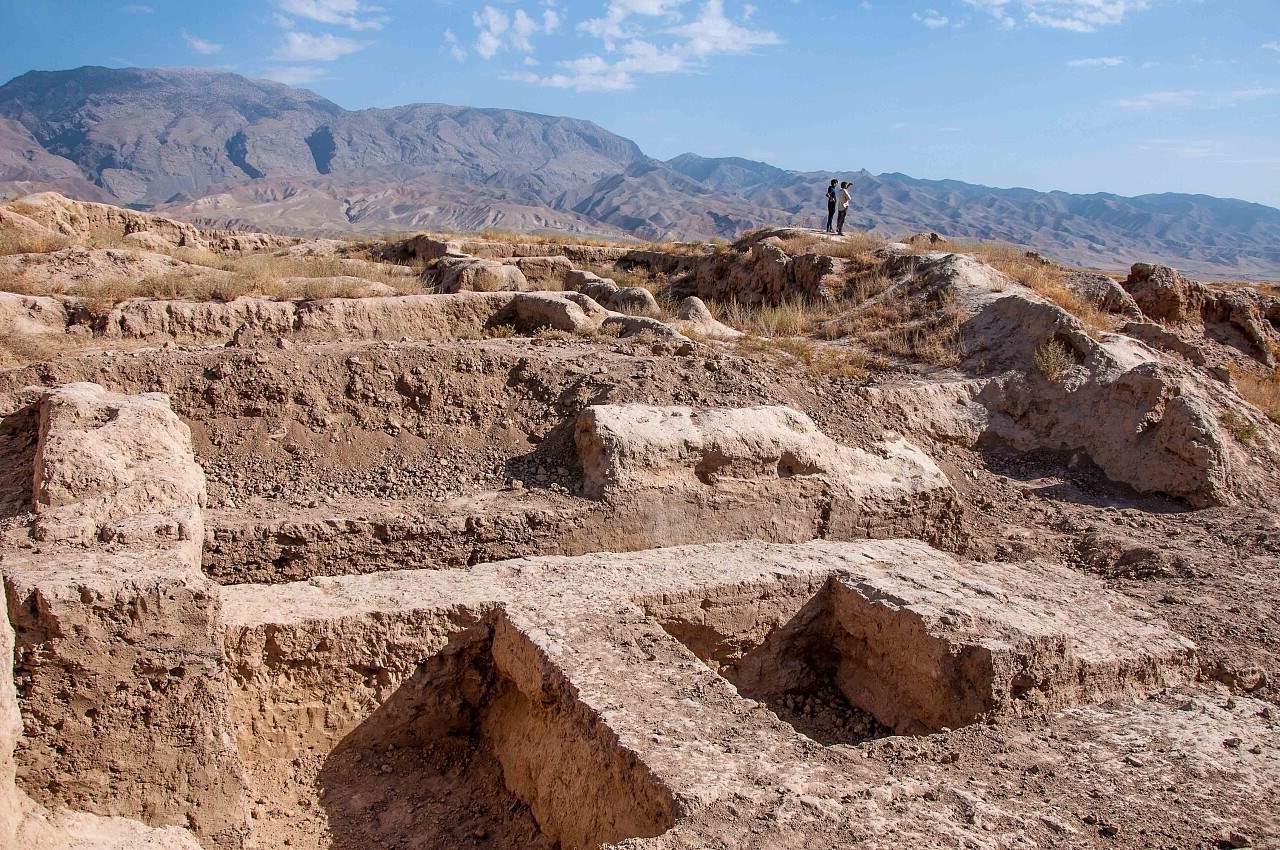
Panjakent, a city in western Tajikistan, holds a treasure trove of history and culture. Nestled in the Zeravshan Valley, this ancient city dates back to the 5th century. Once a bustling hub on the Silk Road, Panjakent boasts ruins that whisper tales of Sogdian civilization. Why is Panjakent significant? It’s a window into the past, showcasing intricate murals, Zoroastrian temples, and ancient fortresses. Visitors can explore the remains of a once-thriving metropolis, gaining insights into the daily lives of its inhabitants. Whether you're a history buff or an avid traveler, Panjakent offers a unique glimpse into a bygone era.
Panjakent: An Ancient City
Panjakent, a city in Tajikistan, holds a rich history dating back to ancient times. Nestled in the Zarafshan Valley, it offers a glimpse into the past with its archaeological treasures and cultural heritage.
- Panjakent was once a thriving Sogdian city, an ancient Iranian civilization.
- The city's name means "five villages" in Persian.
- It served as a major trading hub on the Silk Road.
- Panjakent dates back to the 5th century AD.
- The city was abandoned in the 8th century after an Arab invasion.
Archaeological Significance
Panjakent's ruins provide valuable insights into ancient Sogdian life. Archaeologists have uncovered numerous artifacts and structures that tell the story of this once-bustling city.
- Excavations began in the early 20th century.
- The ruins cover an area of about 13 hectares.
- Archaeologists have found well-preserved frescoes depicting daily life.
- A Zoroastrian fire temple was discovered among the ruins.
- The city had a complex water supply system, including canals and reservoirs.
Cultural Heritage
Panjakent's cultural heritage is a testament to the Sogdian civilization's artistic and architectural achievements. The city's remains showcase the unique blend of influences that shaped its development.
- The Sogdians were known for their vibrant frescoes and murals.
- Panjakent's architecture features intricate carvings and decorations.
- The city had a diverse population, including merchants, artisans, and farmers.
- Sogdian art often depicted scenes from mythology and daily life.
- Panjakent was a center for Zoroastrianism, the ancient Persian religion.
Modern Panjakent
Today, Panjakent is a small town that continues to honor its historical roots. Visitors can explore the ruins and learn about the city's past through museums and guided tours.
- The modern town of Panjakent has a population of around 33,000 people.
- The Rudaki Museum in Panjakent showcases artifacts from the ancient city.
- Panjakent is located near the border with Uzbekistan.
- The town is a gateway to the Fann Mountains, a popular destination for hikers.
- Panjakent hosts an annual cultural festival celebrating its Sogdian heritage.
Notable Discoveries
Several significant discoveries have been made in Panjakent, shedding light on the city's history and the Sogdian civilization.
- A large palace complex was unearthed, believed to have belonged to a local ruler.
- Numerous coins have been found, indicating the city's role in trade.
- Pottery and ceramics from Panjakent reveal the artistic skills of its inhabitants.
- A unique wooden statue of a goddess was discovered, showcasing Sogdian craftsmanship.
- The remains of a large bazaar highlight the city's importance as a trading center.
Panjakent's Influence
Panjakent's influence extended beyond its borders, impacting neighboring regions and cultures. The city's legacy can be seen in various aspects of Central Asian history.
- Sogdian merchants from Panjakent traveled along the Silk Road, spreading their culture.
- The city's art and architecture influenced neighboring civilizations.
- Panjakent played a role in the spread of Zoroastrianism in Central Asia.
- The Sogdian language, spoken in Panjakent, was used as a lingua franca along the Silk Road.
- Panjakent's decline marked the end of the Sogdian civilization's golden age.
Preservation Efforts
Efforts to preserve Panjakent's historical and cultural heritage are ongoing. These initiatives aim to protect the city's ruins and promote its significance to future generations.
- UNESCO has recognized Panjakent as a site of cultural importance.
Panjakent's Rich Tapestry
Panjakent's history and culture offer a fascinating glimpse into the past. From its ancient ruins to its vibrant traditions, this city has a lot to offer. The archaeological sites reveal stories of a once-thriving metropolis, while the local customs and festivals keep the spirit of Panjakent alive. Whether you're a history buff or just curious about different cultures, Panjakent has something for everyone. The blend of ancient and modern makes it a unique destination worth exploring. So, next time you're planning a trip, consider adding Panjakent to your list. You'll not only learn a lot but also experience the warmth and hospitality of its people. Panjakent isn't just a place on the map; it's a journey through time.
Was this page helpful?
Our commitment to delivering trustworthy and engaging content is at the heart of what we do. Each fact on our site is contributed by real users like you, bringing a wealth of diverse insights and information. To ensure the highest standards of accuracy and reliability, our dedicated editors meticulously review each submission. This process guarantees that the facts we share are not only fascinating but also credible. Trust in our commitment to quality and authenticity as you explore and learn with us.


